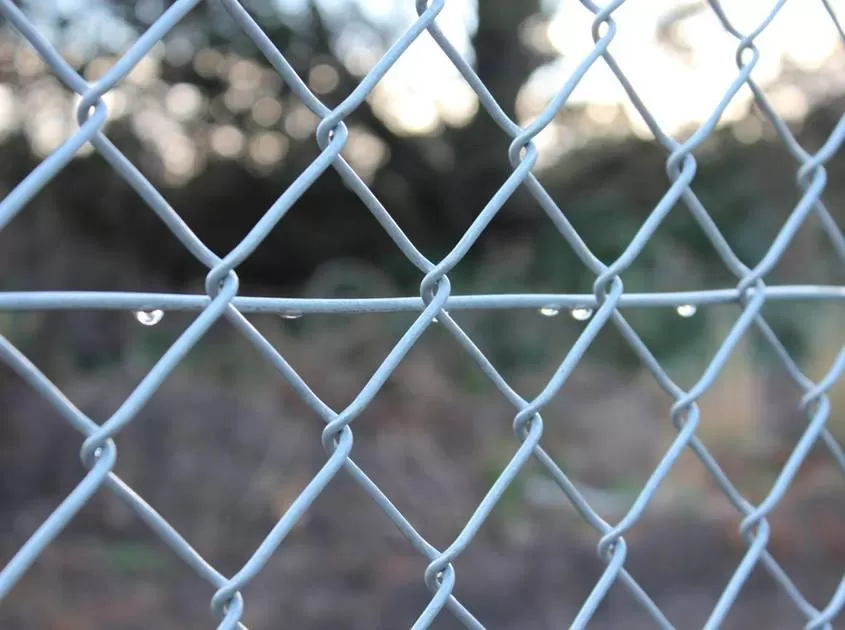How Do You Determine Wire Mesh Size?
Wire mesh , also known as screen mesh or fabric, is a material woven from fine threads, meeting specific physical requirements as a material for screen printing. The choice of wire mesh significantly impacts the precision and quality of the printed product. Common types include steel mesh, polyester mesh, and nylon mesh.
Mesh Count and Thread Diameter:
Mesh count refers to the number of openings per unit area, expressing the density of threads. Higher mesh counts result in denser screens with smaller openings. Mesh count can be expressed in either English or metric units, with one inch equal to 2.54 centimeters.
Thread diameter, indicating the thickness of threads used in mesh weaving, affects the resolution of printed patterns. It is expressed in a format like 120-34, where 120 threads per centimeter each have a diameter of 34 micrometers.
Mesh Opening and Open Area:
Mesh opening refers to the space between adjacent warp and weft threads, vertically measured in the screen plane. It is a crucial parameter influencing print accuracy.
Open area represents the percentage of the screen area occupied by mesh openings, indicating the ink pass-through area.
Mesh Thickness:
Mesh thickness is the vertical thickness of the woven screen after processing. It is related to the theoretical ink volume and influences print quality.
Mesh thickness is interconnected with factors such as printing speed, squeegee pressure, squeegee angle, squeegee characteristics, hardness, ink viscosity, ink passability, and solid particle size.
Mesh Weave Types:
Mesh types denote the weaving pattern of warp and weft threads. Common types include plain weave (1:1) and twill weave (2:1 or 2:2), expressed as PW (plain weave) and TW (twill weave).
Resolution Characteristics:
Resolution refers to a mesh's ability to replicate fine details in printed patterns. It depends on mesh count, thread diameter, and the relationship between mesh opening and thread diameter.
Mesh Classification:
Wire mesh materials include polyester, nylon, and steel. They serve various functions such as filtration, sieving, speaker grilles, antistatic screens, and screen printing.
Meshes are also classified based on their application, including filter mesh, sieve mesh, speaker mesh, antistatic mesh, and screen printing mesh.
Requirements for Screen Printing Mesh:
Mesh should have sufficient strength to meet tension requirements during stretching and printing.
It should exhibit abrasion resistance since ink passes through the mesh under squeegee pressure, necessitating durability for multiple print cycles.
Low shrinkage and elongation are essential to prevent deformation under external conditions like temperature, humidity, pressure, and stretching.
Mesh openings should be uniform, square, and facilitate even ink distribution.
Mesh wires should be smooth without defects like burrs, fly fibers, or entanglements.
Mesh should have solvent resistance and stable physical properties.
Choosing the Right Mesh:
The selection of the appropriate mesh depends on the type of substrate, ink properties, solid particle size, and desired print quality.
Factors like substrate type, ink characteristics, surface morphology, precision requirements, and print resolution influence the choice of mesh.
Understanding these aspects of wire mesh in screen printing is crucial for achieving high-quality and precise prints across various applications and substrates.



